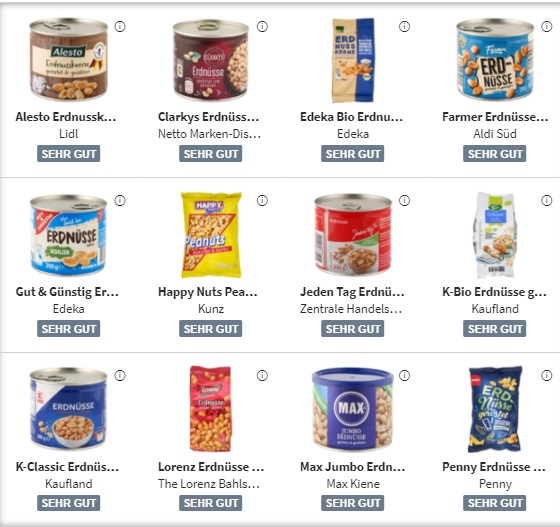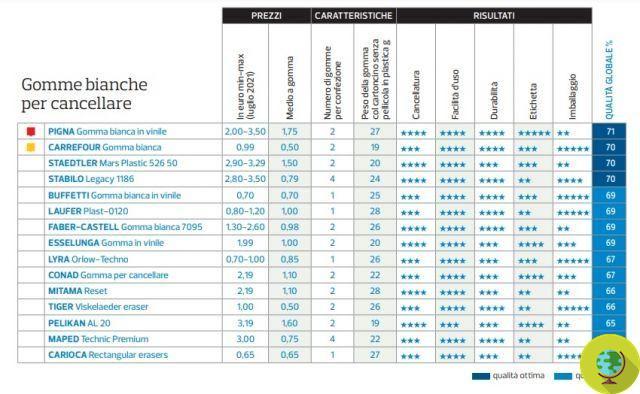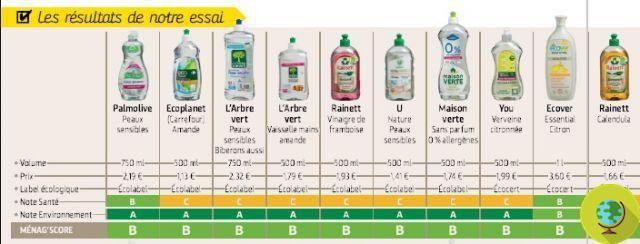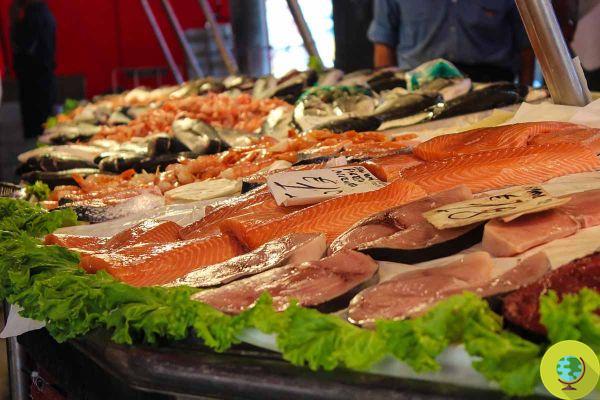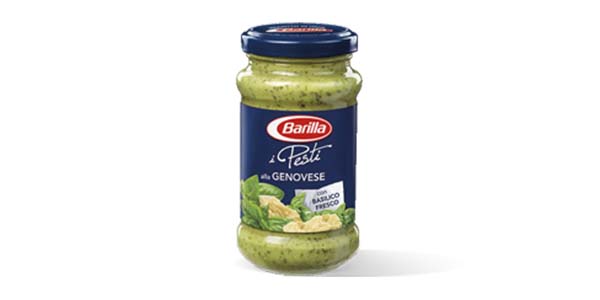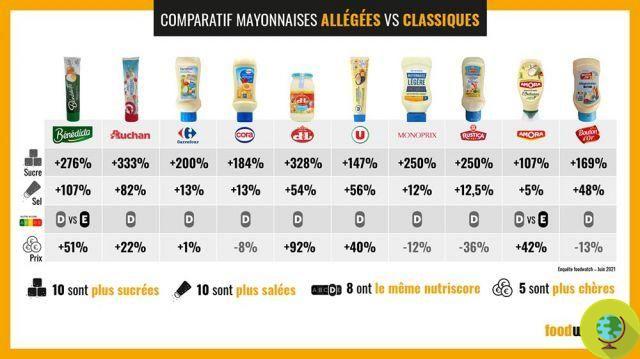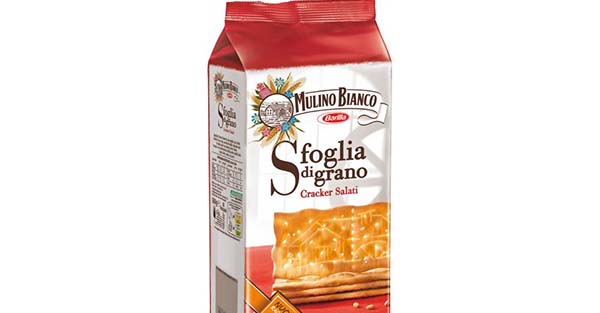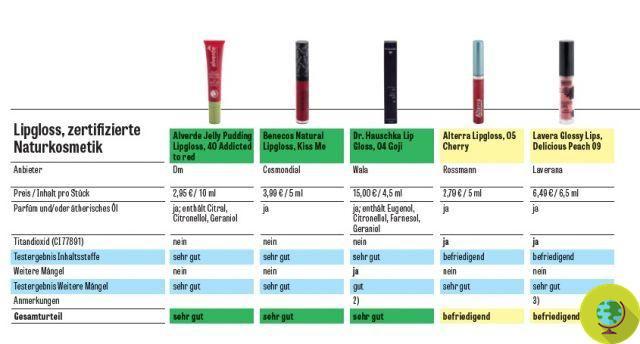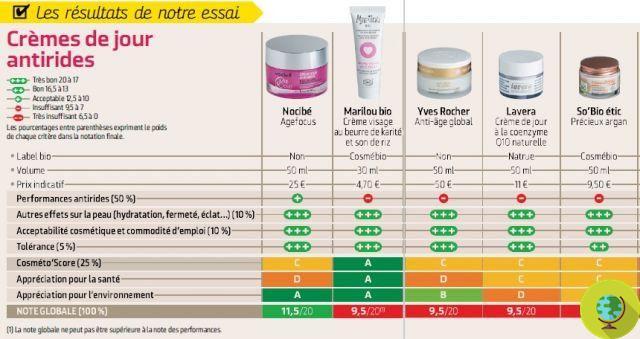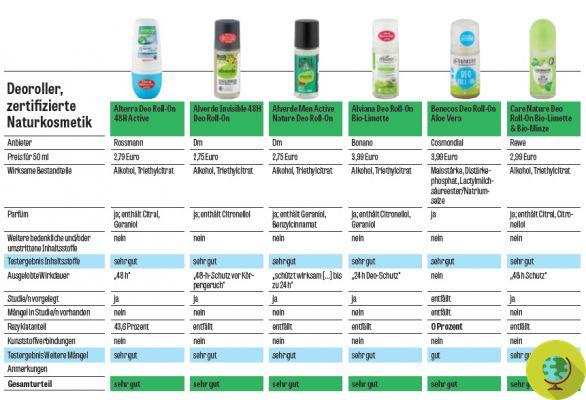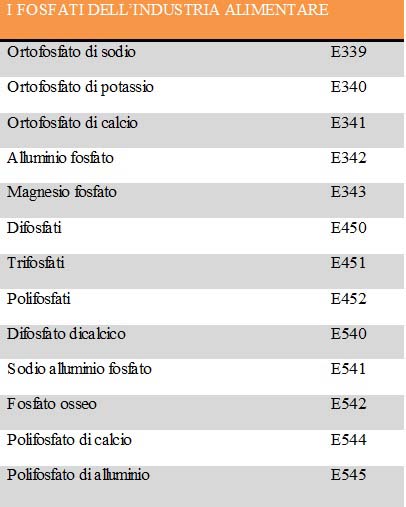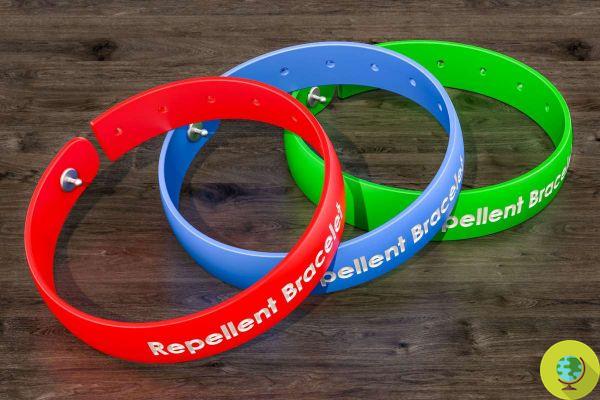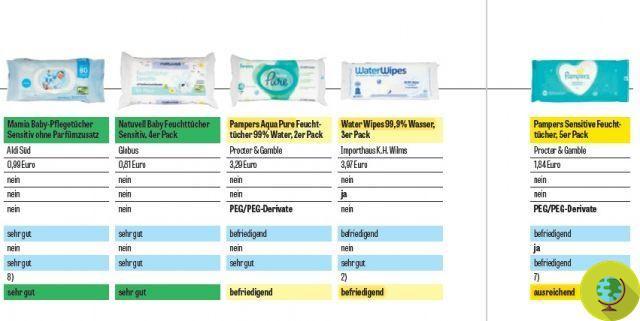Not all balsamic vinegar of Modena IGP is the same and it is not certain that the most expensive is always synonymous with the highest quality. Now very widespread on our table, it is found everywhere: from discount stores to gastronomy.
Don't store avocado like this: it's dangerousNot all balsamic vinegar of Modena IGP is the same and it is not certain that the most expensive is always synonymous with the highest quality. Now very widespread on our table, it is found everywhere: from discount stores to gastronomy.
PGI balsamic vinegar should not be confused with the "traditional" one. To have the mark of origin it must respect precise rules but it exists of various quality and different price. Possible?
Yes, because as explained by a survey by Altroconsumo, "the disciplinary leaves enough space for producers to decide whether to make a" young "balsamic, not very demanding on the palate, perhaps with techniques that speed up its preparation or a full-bodied, slow", aromatic vinegar , of superior quality ".
17 brands in comparison
Now the German monthly Oko Test has compared 17 brands of balsamic vinegar of Modena Igp and the result is everything and the opposite of everything, because the most expensive and the cheapest product were positioned at the top of the ranking.
Al first place there is the one with the “Isolai di San Giorgio” brand while the second one is the product sold by Aldi Nord “Casa Morando”. Among the good ones there is also the balsamic vinegar sold by Aldi Sud, Cucina, while among the products that have obtained a sufficient rating are the Lidl vinegar, Acentino, and the Bertolli vinegar.

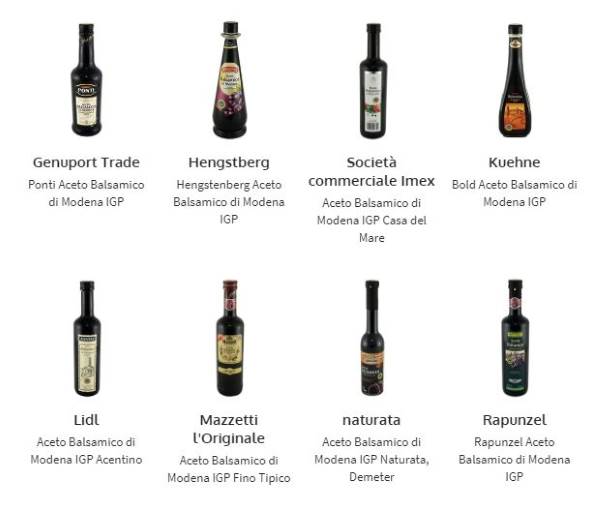
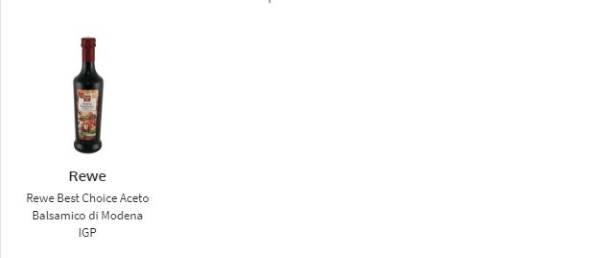
The balsamic vinegar of Modena obtained the Protected Geographical Indication (PGI) mark in 2009. This means that it must be prepared with precise ingredients, established by the consortium of the same name. For example, the disciplinary states that only seven grape varieties can be used but, although they are typical of the Emilia area, it is not mandatory that they come from the production area. Furthermore, once the ingredients have been mixed, they must be kept for at least two months in wooden containers (at least three years for vinegars that are declared "aged"), but the sampling and filling of traditional balsamic vinegar are not foreseen.
How to recognize the quality?
Altroconsumo explains, a good starting point for navigating the dozens of products on the shelves is to check the list of ingredients. Those who stick more to the tradition of origin, for example, use only cooked must and wine vinegar, avoiding the use of concentrated must and caramel. It is also important to check the order in which they are reported and, if present, also the percentage of must used compared to the other ingredients: this can vary significantly, from 20 to 90%: the more, the better. Finally, an important part in the aromatic characteristic of the product is made by aging, provided however that there is a good starting material.
Read also:
- Balsamic vinegar: nutritional properties and health benefits
- Apple cider vinegar: the thousand benefits for your health
Dominella Trunfio




